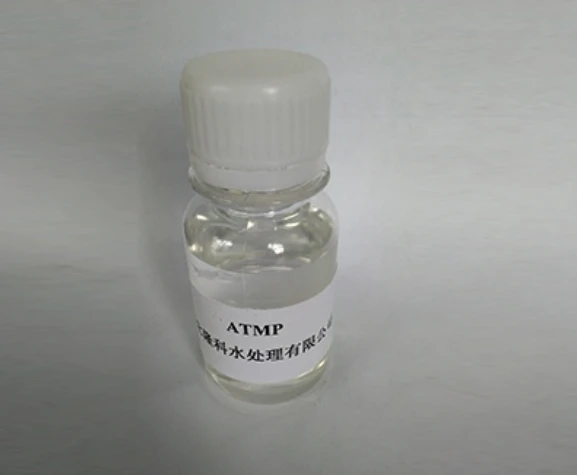pac poly aluminum chloride
Polyaluminum Chloride (PAC) An Overview
Polyaluminum chloride (PAC) is a widely used coagulant in water treatment processes, known for its effectiveness in purifying drinking water, wastewater treatment, and various industrial applications. As a synthetic polymer, PAC is formed by the hydrolysis of aluminum chloride, leading to a compound with multiple hydrolyzed aluminum species. The versatile nature of PAC makes it a preferred choice in the field of water treatment, thanks to its ability to remove impurities efficiently.
Chemical Composition and Properties
The chemical formula of PAC can generally be expressed as [Aln(OH)mCl(3n-m)], where n denotes the degree of polymerization, and m relates to the hydroxide ions. The characteristics of PAC can vary based on its aluminum content and the ratio of aluminum to chloride in its formulation. Typically, PAC has a high pH buffering capacity and exhibits excellent solubility in water.
One of the significant advantages of PAC is its relatively low dosage requirement compared to other traditional coagulants like alum (aluminum sulfate). The dosage of PAC often leads to better sedimentation and reduced sludge production, which translates to lower operating costs in treatment facilities.
Mechanism of Action
The coagulation process involves a series of complex interactions. When PAC is added to water, it dissociates and releases aluminum ions. These positively charged aluminum ions neutralize the negatively charged particles, including suspended solids, turbidity, and organic matter. This neutralization leads to the formation of larger aggregates, or flocs, which can be easily removed through physical processes such as sedimentation or filtration. The efficiency of PAC in this process is further enhanced by its ability to bridge and bind particles together, improving the overall flocculation.
pac poly aluminum chloride

Applications
PAC is versatile and can be used in various applications beyond conventional water treatment. In municipal water plants, it plays a crucial role in producing potable water. In industrial settings, PAC is employed in treating process water, enhancing product quality, and ensuring regulatory compliance. It is commonly used in the paper industry for pulp treatment, where it aids in the removal of suspended solids.
Moreover, PAC finds applications in the food industry for clarifying juices and beverages and in the pharmaceutical industry for water purification. Its effectiveness is not limited to water treatment; PAC is also used in oil and gas drilling processes, where it helps in controlling fluid properties.
Environmental and Safety Considerations
While PAC is generally considered safe for use in water treatment, it is essential to monitor its dosage closely to prevent any adverse effects on aquatic life and the environment. Research is ongoing to assess the long-term implications of PAC use, particularly regarding residual aluminum in treated water and potential health concerns. However, its advantages in reducing sludge generation and facilitating efficient water treatment often outweigh the risks when used responsibly.
Conclusion
Polyaluminum chloride is a powerful tool in the water treatment arsenal, offering numerous benefits over traditional coagulants. With its effective coagulating properties, versatility across various industries, and comparative cost-efficiency, PAC has established itself as a critical component in ensuring clean and safe water supply. As technology and research advance, PAC's role in sustainable water management and treatment processes will likely expand, further enhancing its importance in environmental protection and public health. As we face increasing challenges in water quality and availability, materials like PAC will play an essential role in addressing these critical issues.
-
Understanding Polycarboxylic Acids: Properties, Applications, and Future PotentialNewsJul.28,2025
-
Scale Inhibitor Explained: How to Protect Your System from Limescale and Hard Water DamageNewsJul.28,2025
-
Scale and Corrosion Inhibitors: Essential Chemicals for Industrial Water System ProtectionNewsJul.28,2025
-
Polyaspartic Acid: A Biodegradable Polymer for Sustainable ChemistryNewsJul.28,2025
-
Isothiazolinones: A Versatile Antimicrobial Class with Industrial Power and Regulatory ChallengesNewsJul.28,2025
-
A Deep Dive into 2-Phosphonobutane-1,2,4-Tricarboxylic Acid (PBTC)NewsJul.28,2025





